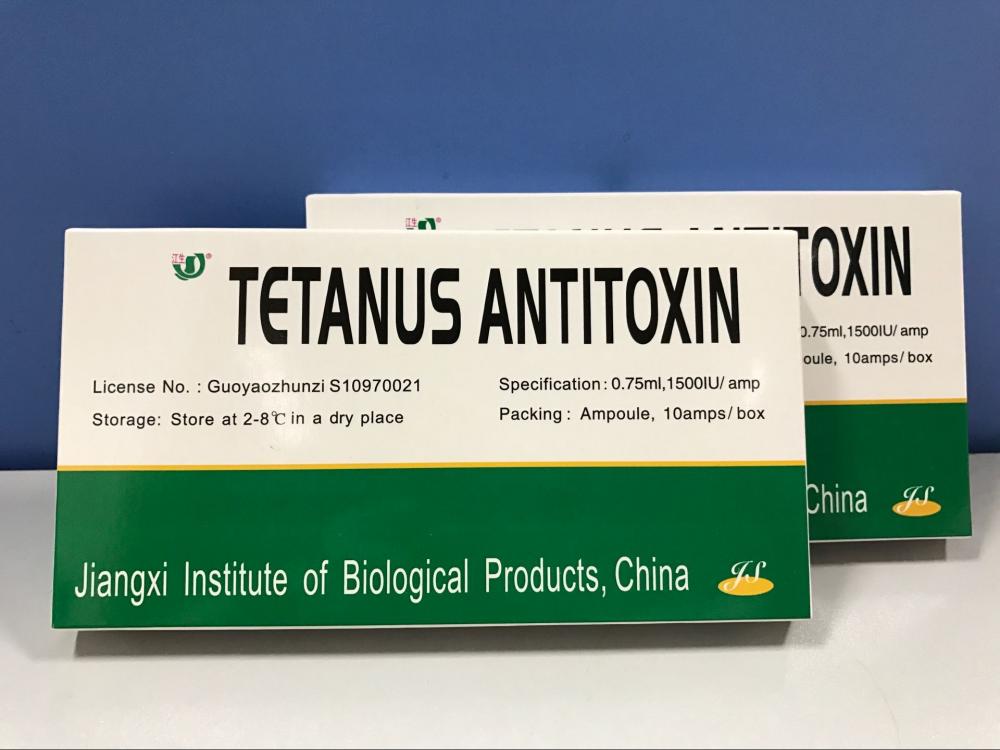The main advantages of the disc valve are simple structure, small size, light weight and low cost. This feature is especially remarkable for the pneumatic disc valve. It is installed in the high-altitude dark passage, and is easy to control and operate through the two-position five-way solenoid valve. The fluid resistance is small. When the large and medium-diameter pneumatic disc valve is fully open, the effective flow area is large, the opening and closing is quick and labor-saving, and the disc wrench can be rotated and rotated by 90 degrees to complete the opening and closing. Since the medium force of the disc plate on both sides of the rotating shaft is nearly equal, The generated torque direction is opposite, so the opening and closing torque is small, and good sealing can be achieved under low pressure. The sealing material of the disc valve is nitrile rubber, fluororubber, edible rubber, lining PTFE, so the sealing performance is good, among which the hard sealing disc The valve is a soft and hard laminated metal sheet with the advantages of a metal hard seal and an elastic seal, and has excellent sealing performance at low temperatures.
The working principle of the butterfly valve structure is suitable for environmental analysis. The butterfly plate of the butterfly valve is installed in the diameter direction of the pipe. In the cylindrical passage of the butterfly valve body, the disc-shaped disc rotates around the axis, and the rotation angle is between 0° and 90°. When the rotation is 90°, the valve is fully open.
The butterfly valve is simple in structure, small in size and light in weight, and consists of only a few parts. Moreover, it can be quickly opened and closed by rotating 90°, and the operation is simple, and the electric valve has good fluid control characteristics. When the butterfly valve is in the fully open position, the thickness of the disc is the only resistance when the medium flows through the valve body, so the pressure drop generated by the valve is small, so it has better flow control characteristics. The butterfly valve has two sealing types: a spring seal and a metal seal. Elastomeric sealing valve, the sealing ring can be mounted on the valve body or attached to the periphery of the disc.
Valves with metal seals generally have a longer life than elastomeric seals, but are difficult to seal completely. Metal seals can accommodate higher operating temperatures, while elastomeric seals have temperature-limited defects.
If a butterfly valve is required for flow control, the main choice is the correct size and type of valve. The structural principle of the butterfly valve is especially suitable for making large diameter valves. Butterfly valves are widely used not only in general industries such as petroleum, gas, chemical, and water treatment, but also in cooling water systems for thermal power plants.
Butterfly Valve - Hard Seal Butterfly Valve - Wafer Type Hard Seal Butterfly Valve - Flange Hard Seal Butterfly Valve - Soft and Hard Seal Butterfly Valve - Manual Butterfly Valve - Pneumatic Butterfly Valve - Electric Butterfly Valve - Ventilation Butterfly Valve - Signal Butterfly Valve - Japanese Standard Butterfly Valve - American Standard Butterfly Valve - Gate Valve - Globe valve - check valve
There may be disputes about when humans began domesticating horses, but there is no argument that horses have helped shape human history. We know Chinese equine Veterinary Medicine, including herbal treatments and acupuncture, dates back thousands of years, but there`s no agreement on the date, or even century. We do know the year their health and care became part of the formal curriculum of veterinary colleges. The year was 1761 and the location was the first veterinary school in the world, in Lyon, France. Equine anatomy as part of a formal curriculum has been studied by veterinarians since then, for more than 250 years.

Equine Medicine,Conjugated Equine Estrogens,PMSG Hormone Lyophilized,Pregnant Mare Urine
Jiangxi Institute of Biological Products Inc. , https://www.jxinstitute.com